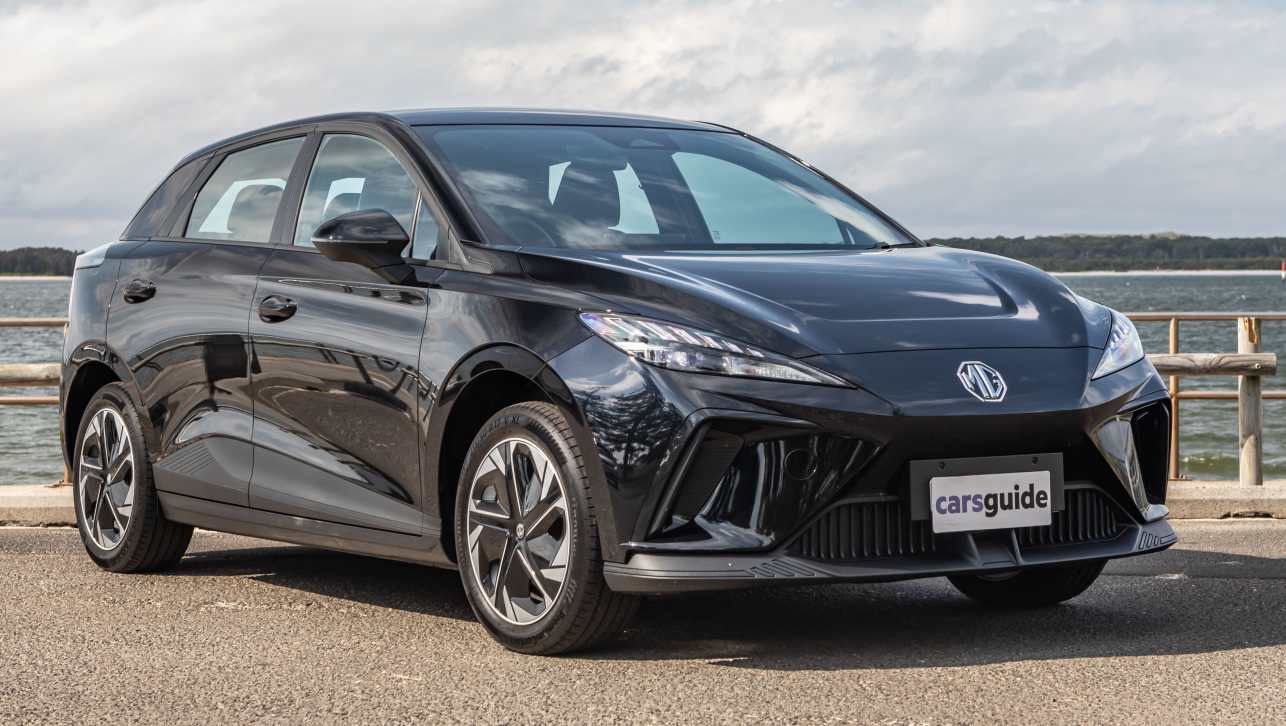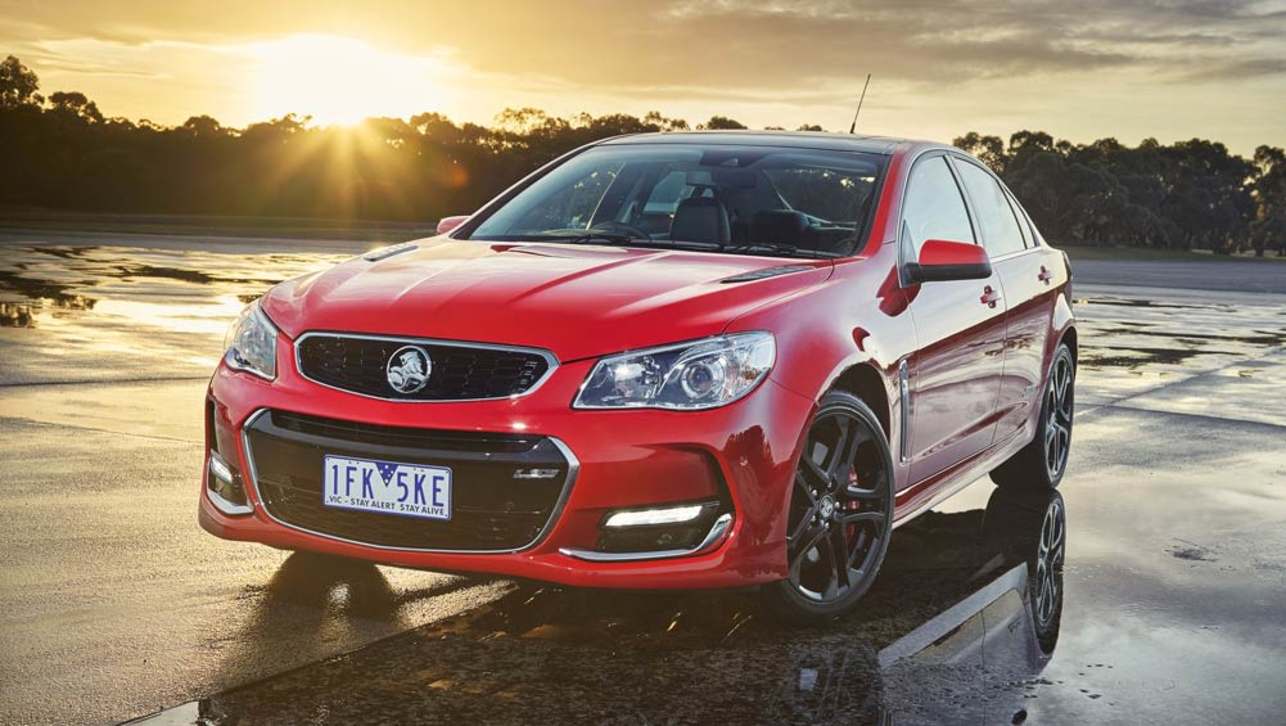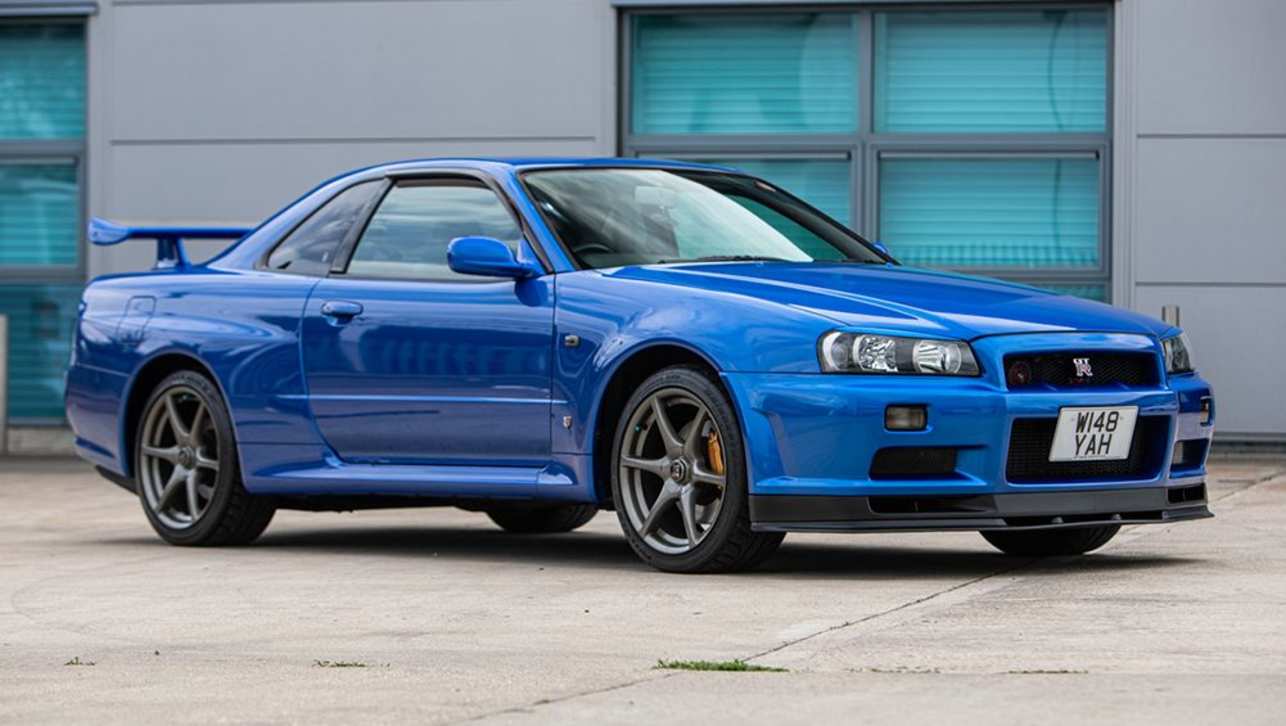It’s now a matter of history that Mazda’s persistence with the rotary engine turned it into a fun, reliable unit that would become a favourite of many an enthusiast owner.
Along the way, the concept also proved itself capable of winning the Le Mans 24-Hour for Mazda in 1991, a feat that would not be repeated by another Japanese manufacturer for almost three decades.
But like many romances, the Wankel rotary story has its share of tumultuous relationships and a trademark trail of broken hearts.
Some you will be familiar with, others, not so much…
Most of the cars listed here never made it to production. And even for the ones that did, the thirst for fuel and unreliability of the Wankel powerplant was the main factor in their demise.
But they all shared the rotary dream, and they all pre-date the car that finally sorted the problems and really gave the rotary wings; the original Mazda RX-7 of 1978.
Citroen Birotor
.jpg)
Between 1973 and 1975, Citroen did actually make it to production with a rotary-powered model.
It was called the Birotor and was effectively a GS with a twin-chamber Wankel under the bonnet.
Several things played against the GS Birotor, starting with the fact that it was expensive to make and, therefore, hit the market at near enough to the price of the bigger, ritzier Citroen DS model.
Citroen also plumped for a jerky, clumsy three-speed semi-automatic, and while top speed was okay at about 170km/h, acceleration was only average with 100km/h, taking about 14 seconds.
Worse still, the fuel consumption was awful – some say up to 20L/100km – which, in continental Europe, was never going to make it.
Even before the Birotor, in 1971, Citroen was already playing around with rotary engines.
It built the M35, a prototype, using an Ami 8 body converted to a coupe and fitted with the same twin-chamber Wankel.
It never made it to production, possibly because it looked like the bait you’d take fishing to catch a real car.
AMC Pacer
.jpg)
Remember the weird, fishbowl-looking car that Wayne and Garth drove while rocking out to Bohemian Rhapsody in Wayne’s World?
That car was an AMC Pacer, and it was designed from a clean sheet of paper with a novel (for the US) hatchback body and a rotary powerplant in mind.
Despite the sketchy looks, the Pacer was designed to lure big-car loving Americans into something more compact and efficient.
The Pacer was a full 1.4 metres shorter than a Cadillac, but was within 50mm as wide, making it almost square.
The rotary plan went right out the window when it was discovered the engine (which AMC was planning to buy from General Motors) was likely to be unreliable and thirsty.
The production Pacer for 1975 instead wound up with a huge straight-six engine that was physically too big for the car (and was shoved up under the windscreen as a result, for woeful maintenance access), while the upside-down salad-bowl looks made it to showrooms.
A natural choice for Wayne and Garth, then.
General Motors trio

GM was into rotaries in a big way in the 1970s.
It had a design ready for production, and it was a bold one.
While most rotary car engines have ranged between one litre and 1.3 litres, the GM two-chamber rotary was a monster 3.3 litres, suggesting it would have gone like hell and drunk like a supertanker.
In the end, it all became too hard, with testing confirming that appalling fuel economy as well as a nasty tendency for the thing to destroy itself. Normal early rotary stuff, in other words.
And with the demise of the RC2-206 (as the engine was codenamed) went hopes of a rotary-engine option for the Chevrolet Vega, a rotary-powered Monza 2+2 and even a planned rotary version of that last bastion of piston-power, the Corvette.
Mercedes-Benz C111

If you really think about it, the gullwing doors of the Benz C111 marked it out at the time (1969) as some kind of successor to the fabled 300SL of the 1950s.
The later car was, however, primarily a test-bed of technologies including the fibreglass body, turbocharging, multi-link suspensions and, of course, the triple-chamber rotary engine mounted just behind the seats.
Benz figured out pretty early on that, when held up against the brand’s core values, the rotary was a technological hiding to nowhere, so only the first-gen C111 prototypes had this arrangement.
Later cars used petrol V8s, but even in that watered-down form, the vehicle never made it to production.
A diesel-powered C111 in 1978 did, however, set a slew of new speed records, including tagging the magic 200 miles-per-hour mark.
Datsun Sunny RE
.jpg)
While Mazda is the Japanese brand most closely associated with the Wankel rotary, Nissan (then Datsun) had a dip, too.
Datsun began fiddling with the rotary concept in the 60s, and by 1972 had a prototype rotary-powered coupe on its stand at the Tokyo motor show.
Based on the familiar Datsun 1200, the RE used a one-litre, twin-chamber rotary. Plans included a five-speed manual and a three-speed automatic version.
But, like everybody except Mazda, Datsun was put off by the reliability and fuel consumption issues of the basic engine design, and the 1200RE never made it to production.
Given that it would have turned the cheerful little 1200 into a 175km/h death-trap, that’s possibly just as well.
Lada 2101
.jpg)
Not exactly known for their propensity to follow global trends, the Russians nevertheless had a crack at the rotary engine as well.
Starting with a single rotor design in 1974, the Russians eventually built a twin-rotor version which made better than 100 horsepower and was kept in production right through the 1980s.
Like many things Russian, the VAZ 311 (as the engine was known) was a heavy drinker and demanded frequent reconstruction, but a twin-rotor Lada was about as fast as it got on four wheels in cold-war USSR.
Perhaps unsurprisingly, the biggest fan of the rotary Lada was the KGB, and Lada even built special versions of the car just for the secret police to play `surprise visitor’.
NSU Spider
.jpg)
While we all know the NSU Ro80 as the car that killed the brand (or, more accurately, forced its merger with Audi) with its troublesome Wankel engine and subsequent warranty claims, the Ro80 was not, in fact, the first NSU production car to feature such an engine.
That honour goes to the 1964 NSU Spider, which was based on the drop-top NSU Prinz that was first seen in 1959.
The single-chamber rotary displaced just 498cc but was potent enough to make the little Spider a fun, somewhat sporty car.
The rear-engined layout was carried over from the Prinz and, like that car, the rather saucy styling was the work of Bertone.
NSU built just fewer than 2400 Spiders but, had it been built in Ro80 volumes (more than 37,000 units over a decade of production), it probably would have bankrupted the company itself, so endemic were the rotary engine’s problems at that time.






.jpg)



.jpg)

.jpg)










.jpg)
.jpg)




.jpg)

Comments